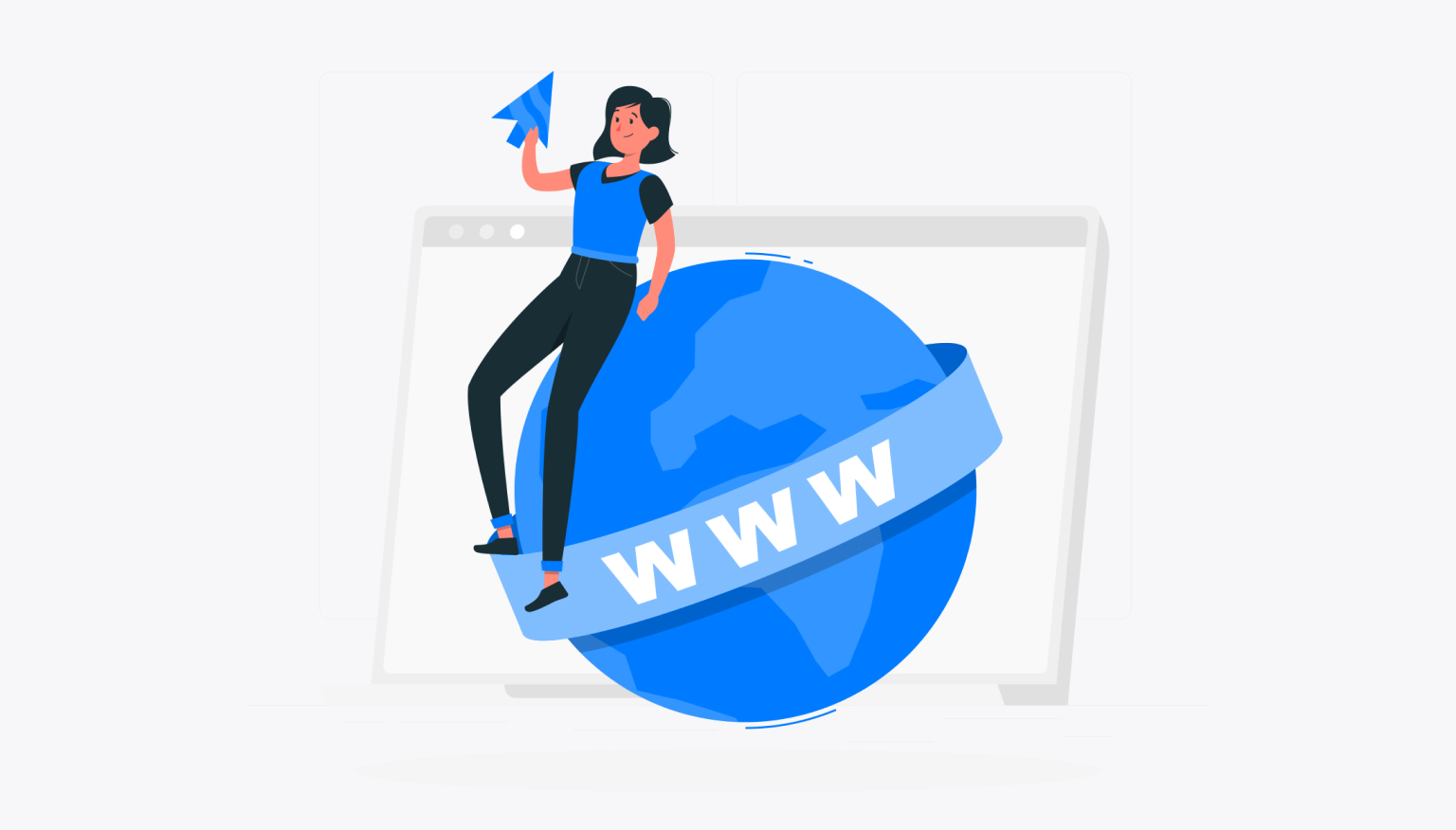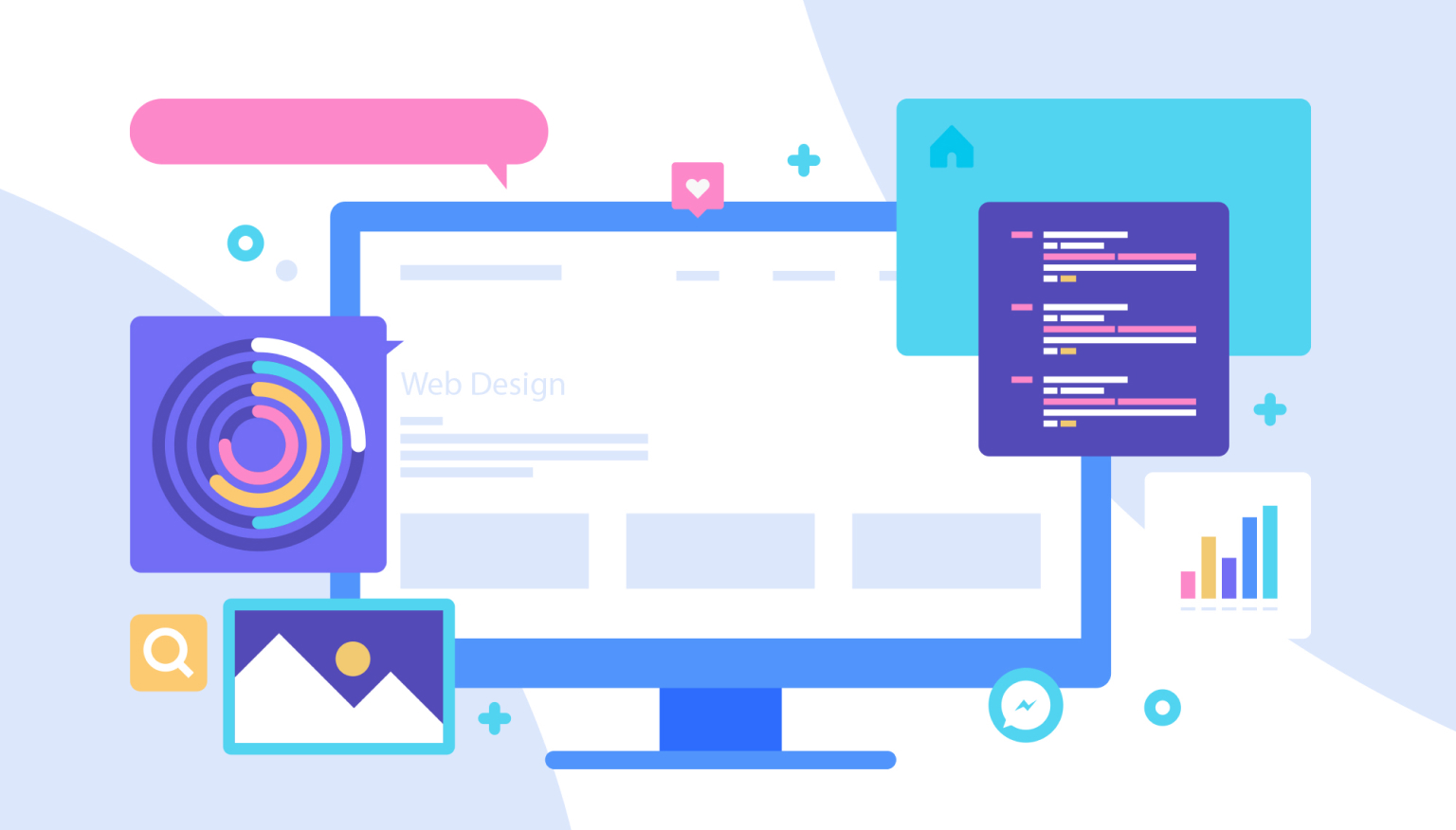User Interface Tips - 7 Important Points
One of the elements of websites is also the term UI, or user interface. It refers to the outer layer of the website - closely related to what we see.
In my post about the site creation process, I mentioned that any site can be analyzed from different angles.
The degree of SEO optimization, the level of user experience, the correctness of the code in accordance with the W3C recommendations, and so on and so forth.....
One of the elements of websites is also the term UI, or user interface. It refers to the outer layer of the website - closely related to what we see.
So below you will find UI tips. I have collected 7 very important points that you should pay attention to both when creating and when analyzing an existing site.
7 User Interface Tips
1. Know who your website is targeting.
There is one thing that we repeat in our blog entries until we drop. Bah, we'll do this all the time - until we decide the issue is no longer rare.
What is it?
About creating websites to your taste.
I personally know a person whose website is decorated in red colors. There's a lot of red in there - so much that you'll want to leave the site in two minutes at the most because your eyes can't handle it well.
If it was a personal site, it would be fine. However, this is an online store.
Why am I talking about this? Because the store owner loves this color and insists that the site should be covered in it.
The problem, however, is that in this way he clearly holds back the sales potential. There are certain standards on the web that should never be broken:
- marking success in green and failure in red
- placing the main menu at the top of the page
- making buttons big enough to fit on them it was easy to click or touch them
- setting a "cross" in the upper corner (usually in the right) of any dialog boxes or pop-ups
- hovering over active elements
Of course, from each rule you can make exceptions, but they must be strongly motivated, otherwise visitors will be shocked.
Any text containing advice on the user interface must necessarily address this problem - select all solutions on the site so that they are attractive to the end user. Not their individual preferences.
2. Counteraction to erroneous actions.
On the Internet, especially on service sites through which, for example, transactions or any exchange of goods are carried out, everything should be clear and transparent.
Therefore, wherever a user can make a mistake, it is necessary to counteract this. I mean, for example, a contact form.
If it contains a "phone number" field, the user should only be able to enter numbers.
If any fields are mandatory, the form will not be able to send a message until the relevant information is entered.
The general meaning is that mistakes and wrong actions should be prevented as much as possible. On the other hand, if an error does occur, the user should receive a clear message on how to fix the error.
3 Remember that size and location matter.
The UI board couldn't do without discussing this point.
Pay attention to how the quick quote button is located on our website.
He appears in several places, but is always presented in such a way that he is perfectly visible. Both in size and placement.
It is customary to make important elements larger than others. The reason is simple: they are easier to see. The designer or owner of the site wants to draw attention to such elements in this way.
The position of the element is also important. After all, you don't put important links at the very bottom of the page - you want them to be available as soon as possible. This also applies, for example, to key buttons or simply text.
4 Encourage action with a clear message.
Do you offer a certain range of services? Show it visually so that visitors can see exactly what you are doing as quickly as possible.
Did the user miss a field in the form? Be specific about what field they mean and tell them how to fill it in correctly.
Do you provide multiple contact options? List them all, clearly identifying each one. What's more, make phone numbers touch-sensitive on mobile devices so that they can be directly dialed through the dialer.
Do you stand out with something of value compared to your competitors? Highlight your strengths by clearly showing why you are better than others.
It all comes down to clarity.
If we perform some action on the Internet, we want to complete it quickly and without interference. The same goes for finding information - we want to find it efficiently.
5. Act according to the patterns.
I already mentioned in the first paragraph of this post about some of the standards that we are used to. However, the matter is not limited to this.
The button for searching information must have a text label (like "Search") or, if you want to insert a symbol there, a magnifying glass icon.
On mobile devices, the menu button should be in a place that is easy to reach with your thumb.
This is the "taste" we are talking about. More precisely, it is about not surprising users with unusual "because" solutions.
Every decision must be dictated by a reason. Otherwise, there is a big risk that visitors will not agree with your opinion.
6. try not to unite by force.dzers will not agree with your opinion.
I know that many site owners are tempted to somehow break out of the usual rut. Do something different, out of the ordinary.
It's okay, no one is forcing you to keep up with everyone. However, in many cases this should not be combined.
I know one site where you can see several price lists. But this is not, for example, 3 or 4 price lists. There are eight of them.
And they are all visible next to each other, in the same row. With a large number of rows, where many of them are repeated in all packages.
This is not a very good solution, as users can get confused with such a huge choice before their eyes.
This problem is discussed by Hick's law, according to which the more room for maneuver, the more difficult it is for us to make a decision.
So the principle is really quite simple. The simpler the overall interface, the easier it is for visitors to navigate it. Then they can reach the goals you care about faster (for example, make contact).
7. Check your stats regularly.
And finally, the cliché that crowns the UI tip.
Where it makes sense, implement analytical systems. Let it be even exclusively Google Analytics.
The main thing is to collect all the statistics. It is on their basis that you can specifically check whether the solutions for your site make sense or if it is better to resort to other options.
UI Tips - Post Summary
As you can see, UI Tips are mainly about making life easier for your visitors. Remember that their level of satisfaction determines whether your venture will be successful. If your site does not attract users and does not meet your goals, it will be bad.
So always keep their needs first.
















